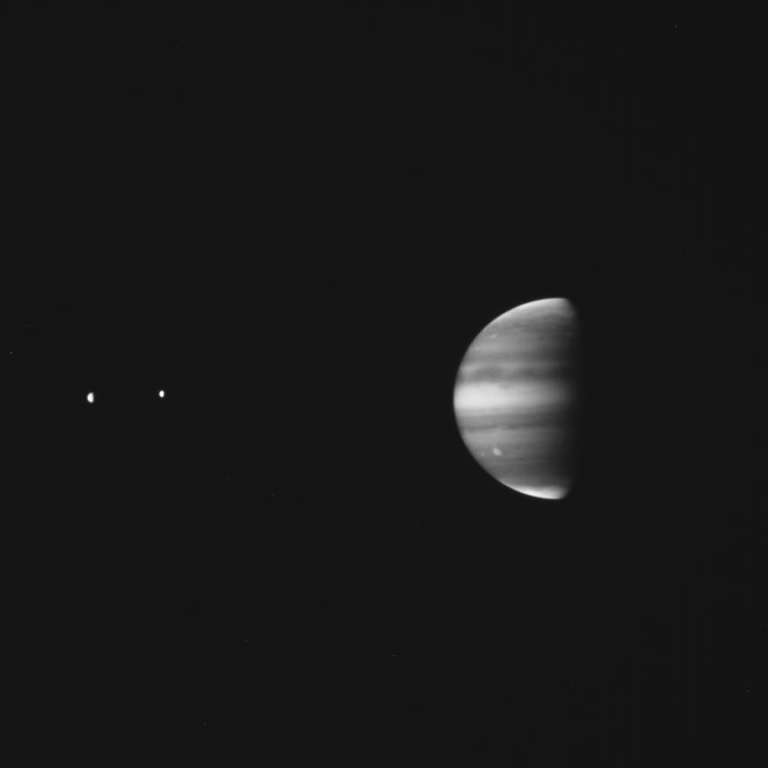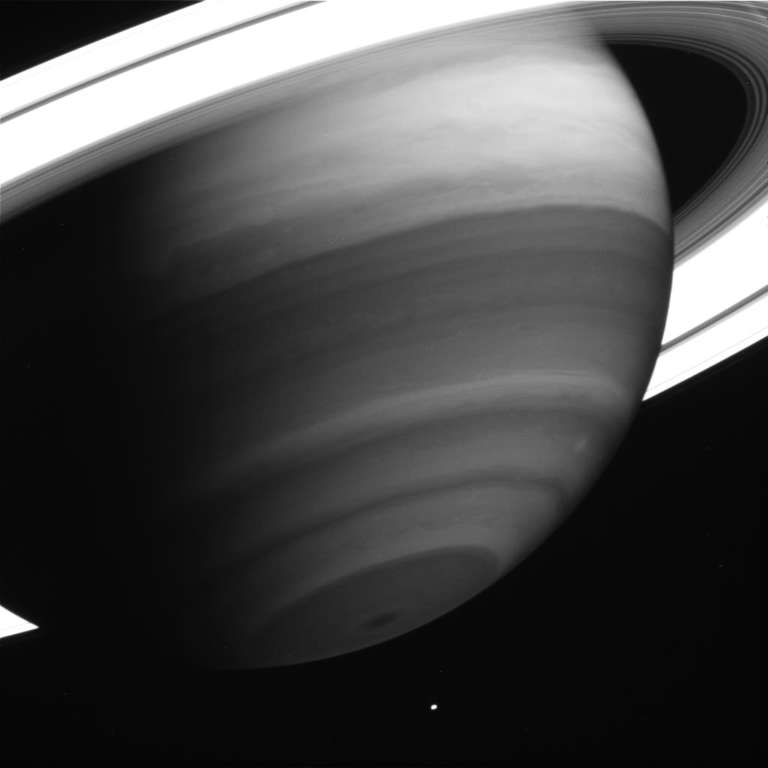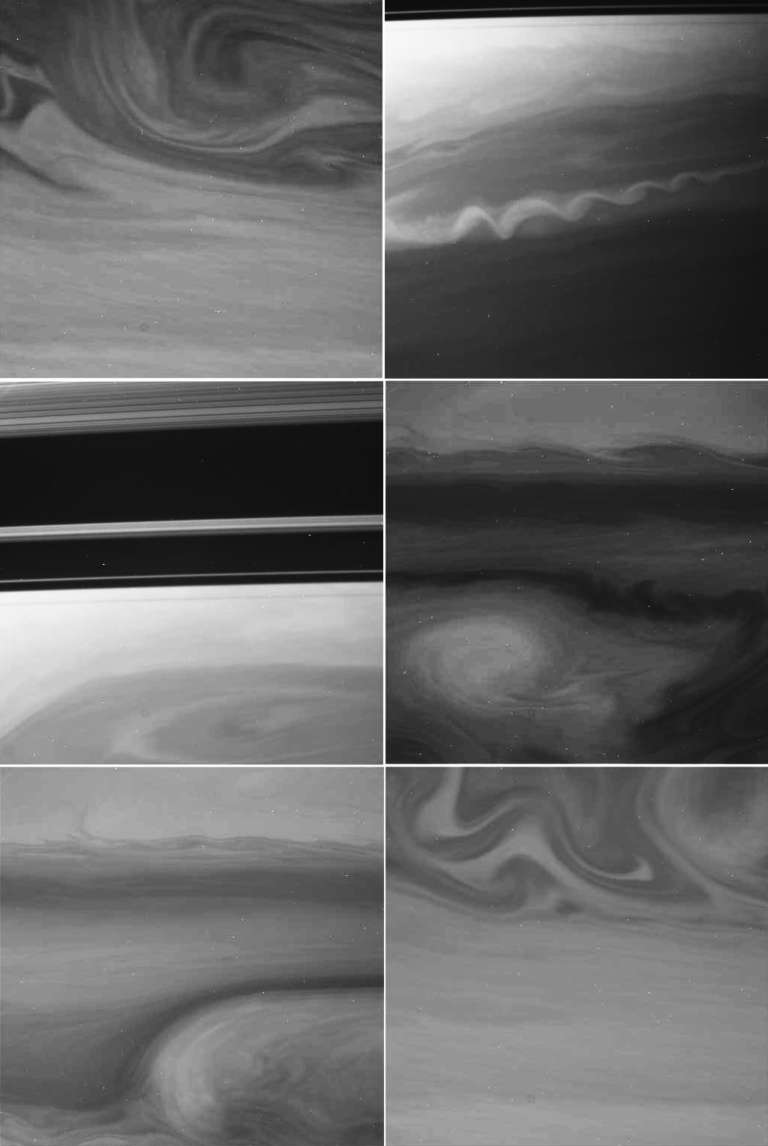Bill Dunford • Apr 15, 2013
In a New Light
The robotic spacecraft we send into the Solar System show us places we could never see with our own eyes. This is not just because these machines travel through the dark and deadly emptiness of space. It's also because their sensitive cameras see the worlds they visit in ways that go beyond the capacity of our own vision.
A good example is the spacecraft Cassini, which has spent 15 years on an odyssey that took it past Jupiter and other planets before it began its main mission, a detailed survey of the Saturn system. It's equipped with a range of sensitive instruments, including cameras that can take in light through a variety of interchangeable filters. Those filters allow Earth-bound explorers to examine the ringed giant and its jewel box of icy moons not only in the reds, greens and blues we're familiar with, but also in infrared and ultraviolet light.
Cassini's cameras even have filters that are particularly sensitive to wavelengths that are absorbed by methane, an important component in the atmospheres of the outer planets. Seeing the swirling clouds of those worlds in that light brings out details that would otherwise go unnoticed.
Following are some images of Jupiter and Saturn seen in a way they're not commonly shown: as imaged through those methane band filters.





Support our core enterprises
Your support powers our mission to explore worlds, find life, and defend Earth. You make all the difference when you make a gift. Give today!
Donate

 Explore Worlds
Explore Worlds Find Life
Find Life Defend Earth
Defend Earth

